Volcanoes & its Types
by Devender
0 3151
The volcanic activities are connected with crustal disturbances and closely related with regions that have been intensely folded or faulted.
Volcanoes
Volcanoes are sudden & abrupt explosions in the earth's crust from which Magma, gases, dust, smoke & solid material burst out.
- Magma while coming out can cool & solidify within crust as Plutonic rocks that result in intrusive landforms
- Magma that reaches the earth surface, gets solidify and forms extrusive landforms
- Sills & Dikes (Common intrusive landforms):
- Laccoliths: An igneous mound with a dome-shaped upper surface & a level base, fed by a pipe-like conduit from below
- Lopolith: An igneous intrusion with a saucer shape
- Phacolith: A lens-shaped mass of igneous rock occupying the crest of an anticline or the bottom of a syncline & being fed by a conduit from beneath
- Batholith: A large emplacement of igneous intrusive rock, mainly granite, that forms from cooled magma deep in the Earth’s crust
- Extrusive Landforms:
- Some volcanos have greatly enlarged pits like cauldron which are known as Calderas
- The dust and ash that come out of a volcano travels around the world and falls as black snow which has the tendency to bury houses & people
- The coarser fragmental rocks are together known as Pyroclasts which include cinders, pumice & volcanic bombs
- Active Volcano
- Dormant Volcano
- Extinct Volcano
- Distribution of Volcanoes in the world:
- Circum-Pacific belt - It is known as the Ring of fire and it has around 2/3rd of the world's Volcanoes
- Mid-Continental belt - It has various volcanoes of the Alpine mountain chain, Mediterranean Sea
- Mid-Atlantic belt - It includes the volcanoes of the Mid-Atlantic Ridge
- Geysers:
- It is often triggered by the gases coming out of the heated rocks
- The world's best-known geyser is old faithful in Yellowstone National park, Wyoming
- Hot springs:
- These are more common than geysers
- The water of hot springs rise to the surface without any explosion
- These springs contain minerals that are of medical uses

When an intrusion of molten magma is made horizontally along the bedding planes of sedimentary rocks, the resultant intrusion is called a Sill.
Similarly, an intrusion when injected vertically as narrow walls of igneous rocks within the sedimentary layers is called Dike.
Igneous intrusions on a larger scale are various types of Liths such as Laccoliths, Lopoliths, Phacoliths & Batholiths.
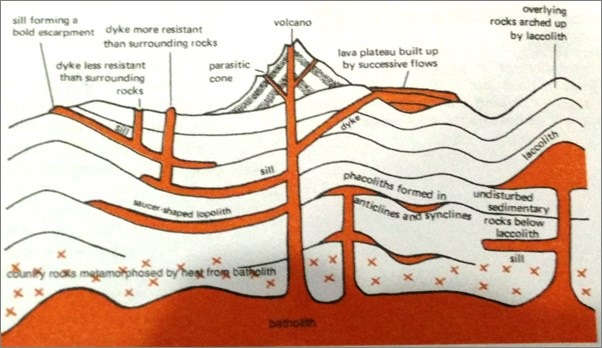
The lava or molten magma gets out with very high pressure through a pipe known as Volcano’s neck or vent. The top portion of the volcano is known as a crater and when rainwater gets accumulated in, a crater lake is formed.
Types of Volcanoes
There are basically three types of volcanoes namely:
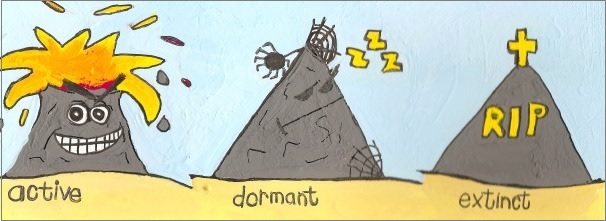
1 Active Volcano:
Active volcanoes are those that keep on ejecting volcanic material at frequent intervals.
For example - Etna (Italy), Stromboli (Sicily – largest island in the Mediterranean Sea, near Italy), and Mt Stromboli (Lighthouse of the Mediterranean)
2 Dormant Volcano:
Dormant volcanoes are those that have not erupted for a long time but eruptions can occur any time in the future.
For example - Barren Island (Andaman), Versuris (Italy)
3 Extinct Volcano:
These are those volcanoes that have had no eruption for a long time and even the possibility of eruption is also not much. However, we can never be sure about them.
For example - Mt. Popa (Myanmar)
Vesuvius (Bay of Naples near Italy) & Mt. Krakatau (Sunda straits b/w Java & Sumatra) were thought to be extinct but both erupted violently.
There are mainly three volcanic belts, however, there are many volcanoes that are outside these belts.
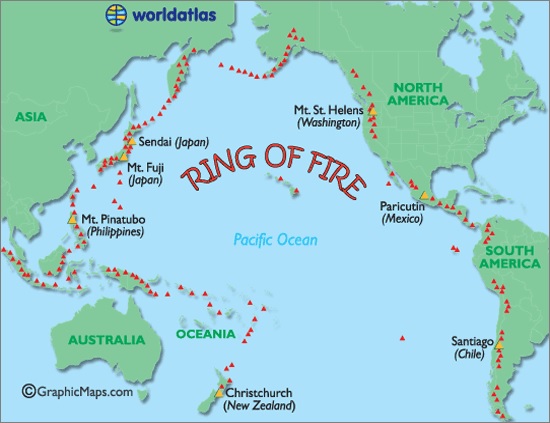
Geysers are hot springs characterized by intermittent discharge of water and steam into the air. This phenomenon is associated with a volcanic region where the water below gets heated beyond its boiling point.
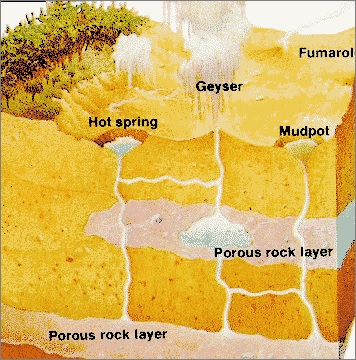
For Example: - Iceland, New Zealand, & Yellowstone park of USA
Hot springs are springs that are produced by the emergence of geothermally heated groundwater from the Earth's crust.
For example - Iceland, Japan & Hawaii

Share:

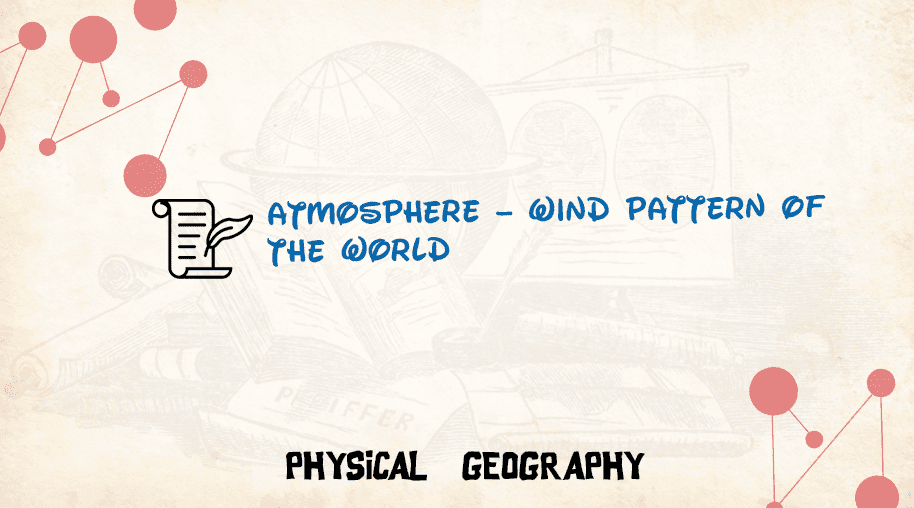
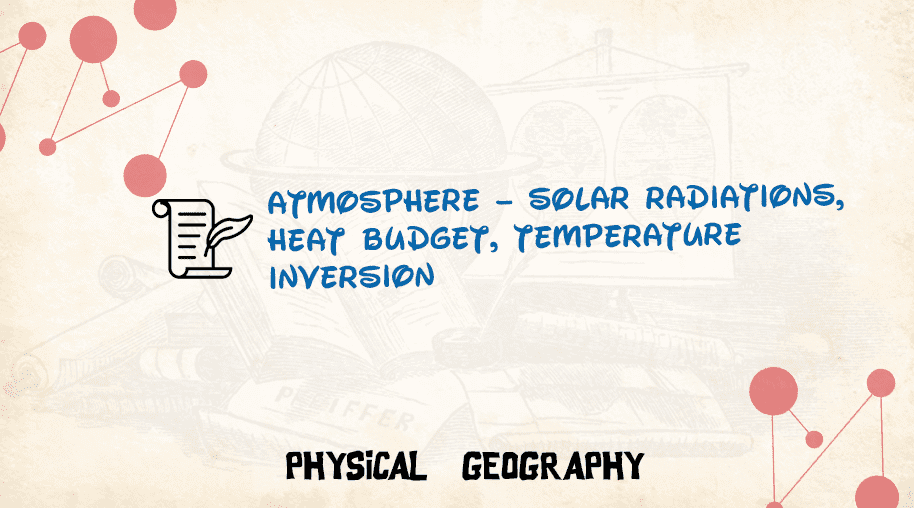
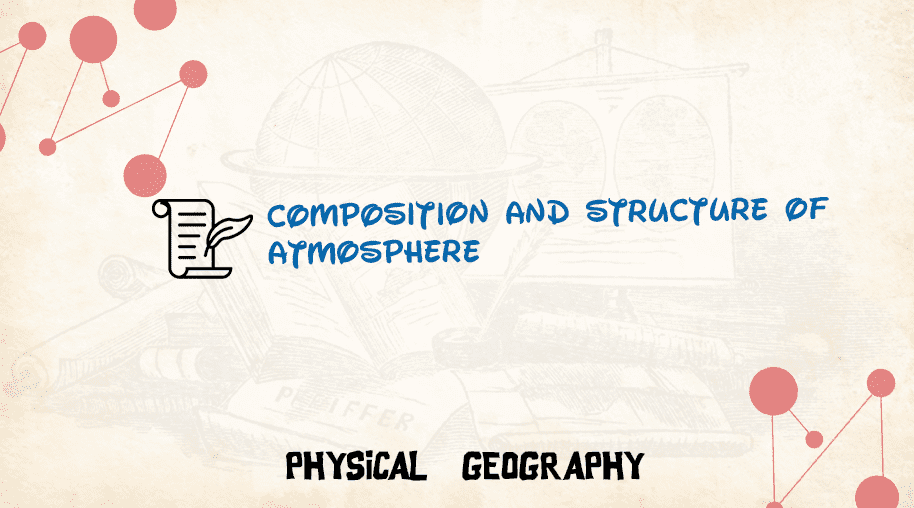
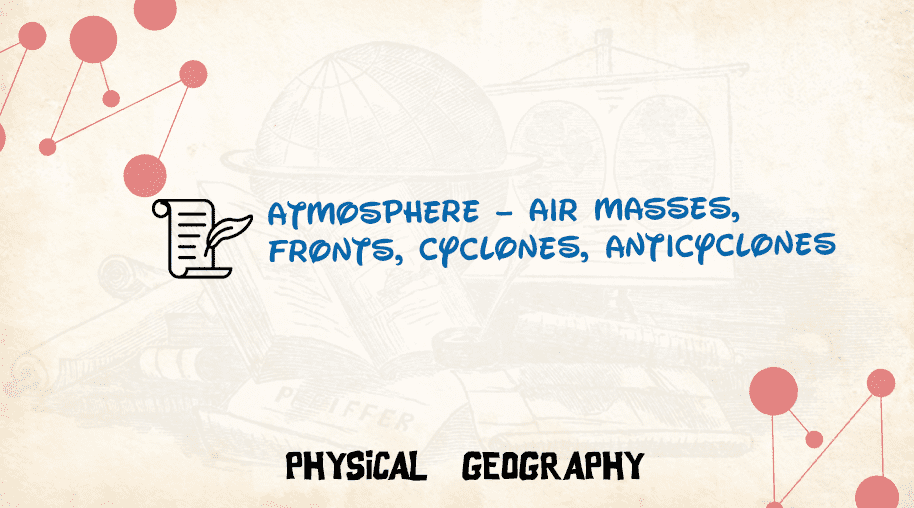


Comments
Waiting for your comments